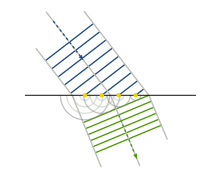0
When I had attempted to edit an answer so as to add some detail, I was told that details should be included in comments, as an edit would cause the question and its answer to display on the front page. However, a recent edit, adding new and highly-relevant information to the answer of a question...















